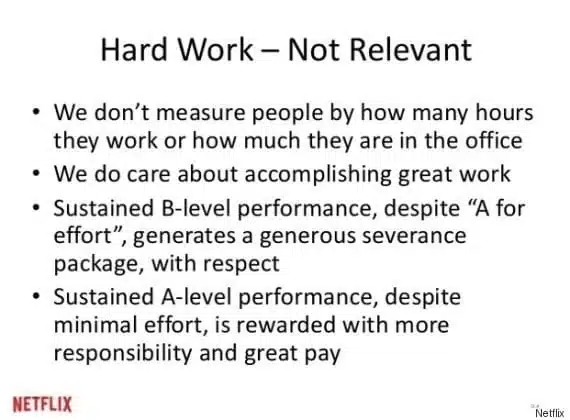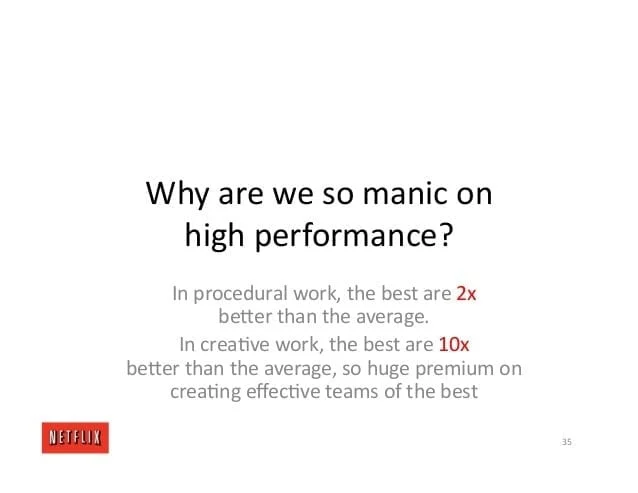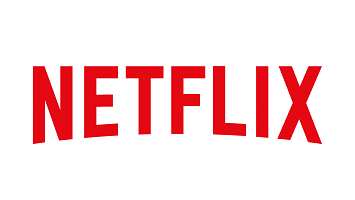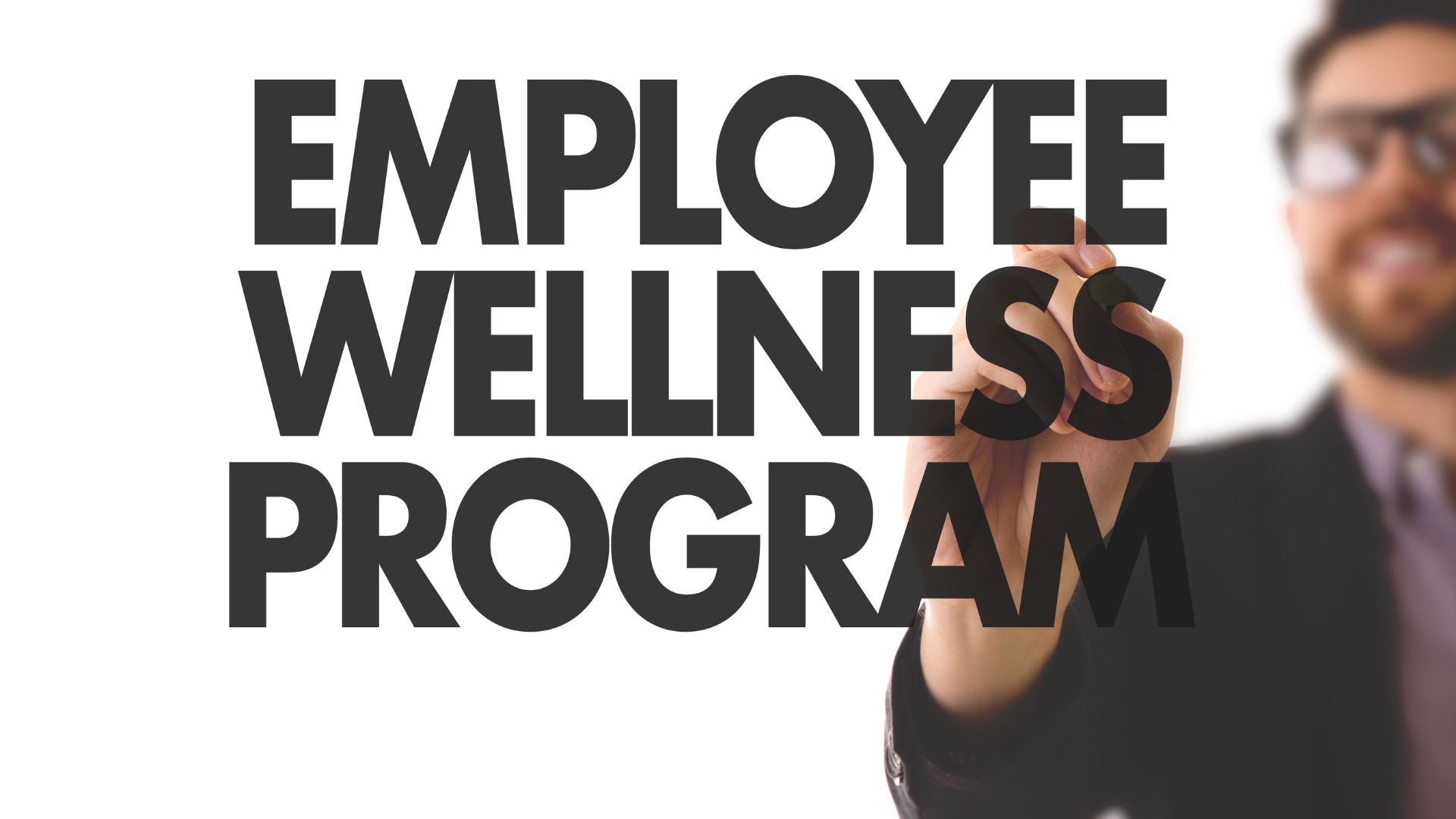Have you ever wondered about the role of culture in a workplace?
In our experience working with a wide variety of corporate clients, we’ve come to realize that workplace culture is often the silent engine that drives — or stalls — organizational success. It impacts everything from employee engagement and retention to innovation and decision-making. And perhaps no modern company has put culture so boldly front and center as Netflix.
Netflix’s now-famous Culture Deck, once a humble PowerPoint presentation, has been viewed over 20 million times and is widely regarded as one of the most influential documents to ever come out of Silicon Valley. But what makes it so effective? And more importantly, what can your organization learn from it?
Why Culture Is a Strategic Priority, Not Just HR’s Job
Table of Contents
Too often, culture is mistaken as something intangible or even “fluffy.” But in high-performing companies, culture is seen as a core pillar of business strategy. It influences how people collaborate, how decisions are made, how performance is managed, and how innovation is driven.
In our leadership development programs, especially those focused on building high-performance teams, we consistently hear that many organizations struggle with creating alignment between culture and performance. Netflix stands out as an example of how culture can be intentionally shaped to support business outcomes.
Let’s break down five standout aspects of Netflix’s workplace culture — and what they mean for your organization.
-
Appreciate Values Over Rules
At Netflix, values aren’t wall décor or branding buzzwords. They’re actively used in hiring, promotions, and even exits. The company emphasizes qualities such as judgment, communication, curiosity, courage, and innovation. In our experience, organizations that integrate values into their daily operations see stronger alignment, trust, and collaboration across teams.
Corporate L&D takeaway: Values-based leadership training helps ensure that your managers are not only delivering results but also modeling behaviors that support the organization’s mission.
-
Give Employees the Freedom to Succeed
Netflix removed rigid vacation policies and instead trusts employees to take leave as needed — based on their personal judgment and sense of ownership. Similarly, expense reporting is streamlined with just one guideline: “Act in Netflix’s best interest.”
Such policies reflect a high-trust environment where employees are empowered to make decisions. In our work with leadership teams, we’ve noticed that this level of empowerment often translates into higher engagement and accountability.
Corporate L&D takeaway: Empowerment should be a key focus area in manager development programs. When leaders trust their teams, performance improves organically.

-
Encourage Honest and Continuous Development
Netflix phased out traditional performance reviews in favor of ongoing, candid feedback conversations. Feedback is direct, timely, and shared openly — not anonymously. This creates a culture of continuous learning and high-performance expectations.
We’ve noticed that this is something many Indian organizations are slowly warming up to — moving from once-a-year reviews to more fluid, coaching-style conversations. The role of the facilitator or coach becomes critical in such contexts.
Corporate L&D takeaway: Creating a feedback-rich environment needs more than tools. It requires leaders to build coaching skills, emotional intelligence, and psychological safety.
-
Pay Top of Market to Attract Top Talent
Netflix believes in paying top-of-market salaries rather than offering bonuses. The rationale? If you want your team to perform like all-stars, treat them like all-stars.
This policy ensures that their talent pool stays focused, motivated, and not distracted by incremental incentives. From our conversations with HR teams, we’ve noticed that compensation alone doesn’t guarantee retention — but when combined with growth opportunities and learning paths, it does create powerful momentum.
Corporate L&D takeaway: Invest not just in hiring talent, but in developing them. Think about corporate training as a strategic talent retention tool, not a cost center.
-
Only High Performers Allowed
Netflix famously uses the “Keeper Test”: If a team member were to leave, would you fight to keep them? If not, that person is offered a generous severance package. The philosophy here is simple — good performance should be recognized, but excellence should be retained.
This clarity around expectations and standards is something we’ve observed in high-performing teams across industries.
Corporate L&D takeaway: Leaders should be trained to have difficult conversations and make performance management a continuous process — not an annual task.

What Makes Netflix’s Culture Work?
It’s tempting to think of Netflix’s culture as something that can be copied. But as they themselves admit: “What works for us may not work for you.” Culture isn’t a template; it’s an outcome of the values, business model, leadership style, and team composition of an organization.
That said, there are some best practices that any company can learn from Netflix:
- Clarity in communication
- Empowerment with accountability
- Valuing talent over tenure
- Continuous, honest feedback
- Learning as a strategic driver
In our experience, corporate teams that align learning initiatives with cultural values create deeper impact. We often work with organizations to build learning journeys that help drive cultural transformation — whether it’s through workshops, coaching, or leadership labs.
Can Your Company Build a Culture Like Netflix?
Not exactly — but that’s not the goal either.
What we recommend instead is to define your own culture — one that supports your goals, values, and people. The Netflix model can serve as inspiration, but not a blueprint.
So how do you get started?
Here are a few questions we often pose to clients in our cultural transformation and team alignment workshops:
- What behaviors are rewarded and promoted in your company?
- Are your values truly embedded in daily decisions—or are they just words on a wall?
- Do your leaders model psychological safety and curiosity?
- How open is your feedback culture?
If the answers aren’t clear, that’s a sign that culture needs to be intentionally revisited.
Final Thoughts: Culture as a Competitive Advantage
In today’s fast-paced, talent-driven world, culture is your secret weapon. Organizations that prioritize learning, psychological safety, employee empowerment, and clear communication will be the ones that thrive.
Netflix didn’t build its culture overnight. Neither will you. But with intention, alignment, and investment in people — you can build something that’s uniquely yours and equally impactful.
And if you’re looking for inspiration, frameworks, or facilitation support on your culture-building journey, you know where to find us.
Read More:
- A gamified workshop experience to cascade culture across the organization.
- Book Review: Navigating Cultural Differences with “The Culture Map
- Building a Culture of Innovation










